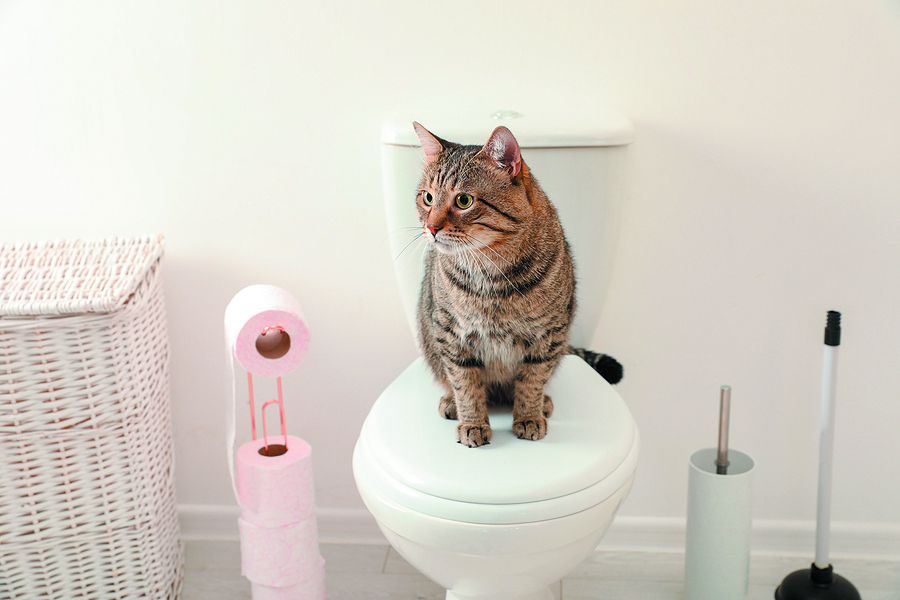Why You Have to Never Get rid of Animal Waste Down the Toilet
Why You Have to Never Get rid of Animal Waste Down the Toilet
Blog Article
Every person maintains their unique perception on the subject of Why you should never flush dog poop down the toilet.

When it pertains to throwing away waste, especially animal waste, many people usually resort to the hassle-free option of flushing it down the bathroom. Nonetheless, this seemingly simple solution can have major effects for the environment and public health. In this short article, we'll check out why flushing pet waste down the commode is a negative idea and offer alternate approaches for correct disposal.
Intro
Proper garbage disposal is important for keeping environmental sustainability and public health. While it may seem safe to purge animal waste down the commode, it can cause numerous concerns, both for the environment and human well-being.
Risks of flushing animal waste
Environmental impact
Flushing animal waste introduces hazardous bacteria and pathogens into rivers, which can negatively affect water environments. These microorganisms can pollute water sources and damage aquatic life, disrupting fragile communities.
Public health problems
Pet waste includes unsafe bacteria such as E. coli and Salmonella, which can posture significant health and wellness threats to people. Purging animal waste down the bathroom can infect water supplies, causing the spread of diseases and infections.
Alternatives to flushing
Rather than flushing pet waste down the toilet, there are several alternate disposal techniques that are a lot more eco-friendly and sanitary.
Composting
Composting pet waste is an environmentally friendly method to throw away it. By composting, raw material is broken down right into nutrient-rich dirt, which can be made use of to feed yards and plants.
Garbage dump disposal
Taking care of pet waste in a garbage dump is one more option. While not as environmentally friendly as composting, it is a more secure option to flushing, as it avoids the contamination of water sources.
Pet garbage disposal systems
There are specific pet garbage disposal systems available that securely and hygienically get rid of pet waste. These systems typically make use of enzymes to break down waste and get rid of odors.
Actions to proper pet waste disposal
To ensure correct disposal of pet waste, adhere to more info these steps:
Scooping and nabbing waste
Frequently scoop and bag pet waste utilizing eco-friendly bags. This stops waste from polluting the environment.
Making use of assigned waste bins
Dispose of bagged pet waste in assigned waste containers, such as compost bins or garbage dump containers. Prevent flushing it down the toilet in any way costs.
Cleansing litter boxes and pet dog areas consistently
Frequently tidy litter boxes and family pet locations to prevent the build-up of waste and germs. Usage pet-safe cleansing items to preserve health.
Advantages of appropriate disposal approaches
Taking on correct disposal techniques for pet waste supplies a number of advantages:
Decreased environmental pollution
Correct disposal techniques decrease the threat of environmental pollution, securing rivers and communities from contamination
Decreased risk of water contamination.
By preventing flushing pet waste down the toilet, the danger of water contamination is significantly minimized, guarding public health.
Improved cleanliness and health
Proper disposal techniques promote much better hygiene and health, developing a more secure environment for both humans and animals.
Conclusion
In conclusion, flushing pet waste down the bathroom is damaging to the atmosphere and public health. By embracing alternate disposal methods and following correct waste monitoring methods, we can reduce the negative influence of pet waste and add to a cleaner, healthier planet.
What To Do With Dog Poo – The Do's And Don'ts Of Disposing Of Faeces
Dog poo bins
Some councils provide dedicated dog waste bins in popular dog-walking areas that can take dog poo that has been bagged but you can legally dispose of dog waste in any public litter bin, as long as it is securely bagged. This also applies to your wheelie bin at home.
Do not flush
Water companies do not recommend flushing dog faeces down the toilet because certain parasites can survive the water processing treatment and are potentially harmful to humans. You should also never consider flushing dog poo that has been bagged down the toilet as the bags will not break down and instead create severe blockages in the sewage system.
In the woods
The Forestry Commission promotes a ‘stick and flick’ method for dealing with waste in the woods. This means finding a stick and using it to flick any poo from off the path so that it is out of the way of other walkers. You could also bury it as long as it is not in an area where there might be livestock.
Livestock
Parasites found in dog poo can be transmitted to livestock if they inadvertently eat infected faeces that has been left on grazing land. This could result in the death of sheep or abortion in cattle so you should always make sure you pick up your dog’s waste in fields where livestock could be present.

I stumbled upon that piece of writing on Why you should never flush dog poop down the toilet when doing a search on the internet. Are you aware of anybody else who is enthusiastic about the topic? Do not hesitate to share it. I love reading our article about .
Book Report this page